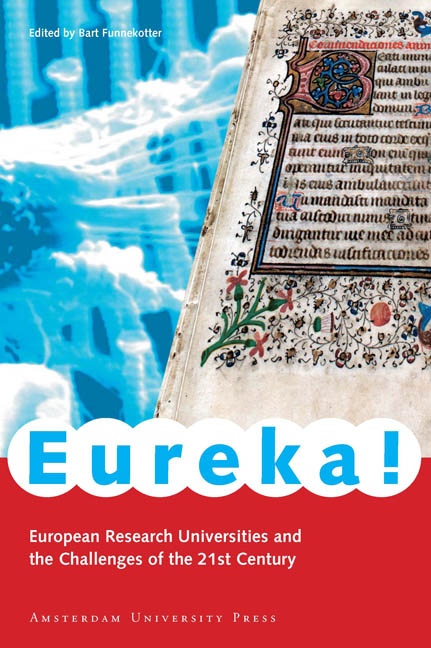Book contents
- Frontmatter
- Contents
- Foreword
- Introduction: Challenges of the Twenty-first Century
- Cambridge: Cambridge University
- Edinburgh: University of Edinburg
- Geneva: Université de Genève
- Heidelberg: Ruprecht-Karls-Universität
- Helsinki: Helsingin Yliopisto
- Leiden: Universiteit Leiden
- Louvain: Katholieke Universiteit Leuven
- Milan: Università Degli Studi Di Milano
- Munich: Ludwig-Maximilians-Universität
- Oxford: Oxford University
- Stockholm: Karolinska Institutet
- Strasbourg: Université Louis Pasteur
Milan: Università Degli Studi Di Milano
Published online by Cambridge University Press: 23 January 2021
- Frontmatter
- Contents
- Foreword
- Introduction: Challenges of the Twenty-first Century
- Cambridge: Cambridge University
- Edinburgh: University of Edinburg
- Geneva: Université de Genève
- Heidelberg: Ruprecht-Karls-Universität
- Helsinki: Helsingin Yliopisto
- Leiden: Universiteit Leiden
- Louvain: Katholieke Universiteit Leuven
- Milan: Università Degli Studi Di Milano
- Munich: Ludwig-Maximilians-Universität
- Oxford: Oxford University
- Stockholm: Karolinska Institutet
- Strasbourg: Université Louis Pasteur
Summary
University of Milan in facts and figures:
Founded in 1924
64,000 students
4,380 staff
Budget € 324 million
A long row of scooters stand sparkling in the sunlight in front of the Ospedale dei Poveri, the old charity hospital in the Via Festa del Perdonoa. This fifteenth-century building, designed by the Tuscan architect Antonio Averlino, now goes by the name Cà Granda, the big house, and it is the beating heart of Milan's university.
The area is a beehive of activity. The entire street, from the bars and bookshops opposite to the huge entrance gates, is full of animated groups of students carrying books, talking and smoking. Seen from a distance the gates resemble a large monastery; although this might seem to suggest that the Università degli studi di Milano is founded on historical tradition, this is not the case. Last year the university celebrated its eightieth anniversary, which makes it, in comparison to the Universities of Rome, Bologna and nearby Pavia, somewhat of a youngster.
Even so, in less than a century the university has made its name as one of the leading Italian universities. Enrolment in Italy is generally high and Milan, with its 64,000 students, is in fifth place behind Rome, Bologna, Naples and Palermo.
Milan's university came into being when four existing schools and research institutes were combined. Initially, there were faculties for law, literature and philosophy, one for medicine and mathematics and another for the sciences; ten years later veterinary sciences and agriculture were added. The 1970's brought political and social sciences and pharmacology and 1999, the faculty of motor sciences, which deals with sports.
Student numbers have increased exponentially over the years until in the 1990's there were nearly 100,000 students. At this point the decision was taken to split off a section into a second university, the Università Bicocca to which economy, sociology and psychology were transferred.
It is not unusual in Italy for there to be more than one university in a city. Milan actually has seven. Besides the two described above, there are also a technical university, a Catholic university, a commercial university, a free university for languages and communication and another which adheres to the religious teachings of San Raffaele.
- Type
- Chapter
- Information
- Eureka!European Research Universities and the Challenges of the 21st Century, pp. 102 - 114Publisher: Amsterdam University PressPrint publication year: 2005



